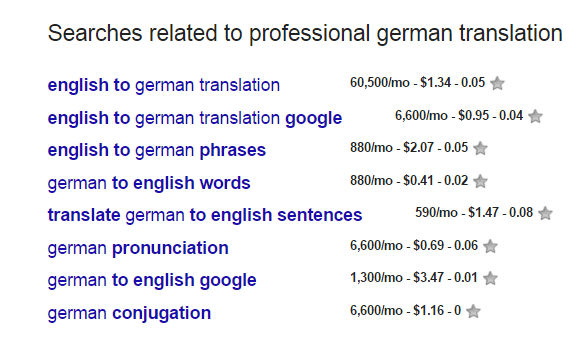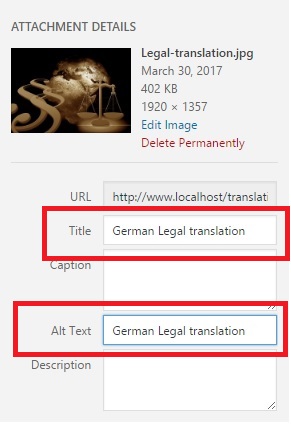
Translators and language services professionals are always looking for more effective marketing methods. Today, I will talk about one of the most powerful marketing tools that can be used in the translation and localization industries.
It is Search Engine Optimization (known as SEO in marketing communities). SEO has been a very hot topic at some recent translation professionals’ discussions, such as Corinne McKay’s blog and the translatorsonair podcast. It means optimizing and preparing your website so it matches what your potential customers are searching for on the web.
Why is SEO important for translators and language service providers?
In a nutshell, it is an important marketing and sales channel. You can use SEO to attract potential translation clients who are looking for translation services like the ones you provide. SEO has many aspects. However, in this post I will focus on what you can do on your website and achieve some results.
What Is The Purpose of SEO?
You use SEO to let Google and other search engines understand what your website is about. Google is a very large machine, but a smart one. You need to feed it with some insights to understand what your website is about. But first, you need to understand an important term, which is “keyword research”.
Keyword research is a process used to know what phrases and sentences people are searching for on the web. Below is an example of what people search for when they want to translate a document from English to German. The XXXX/mo means the approximate monthly searches and the $xx.xx is the price advertisers pay per click on their ads on Google for this keyword.
There are tons of free and paid tools you can use to learn what people are looking for.
What is On-page SEO
On-page SEO factors are the spots you need to stress on your website pages so that Google and other search engines understand the topic of your website. I will list six factors here, which you can control easily on your website:
- H1 tag and page title
Each website page or blog article is about a main topic. This topic has sub-titles. In website development, you should indicate the title and subtitles with what is called Headings, like H1, H2 to h6. Your title should be in H1, with subtitles contained in H2 or H3 tags. This can be done easily with WordPress or any other CMS editor. It is similar to marking the title as bold or italic in Microsoft Word.
- Include the keyword in the first 100 words of the translation service page:
To emphasis the topic of the page so search engines can understand it, include that keyword in the first 100 words. Try to place it in the first 2-5 sentences and close to the title. Having the keyword in the title and in the first 100 words will help Google understand which translation service this page is about.
- Write the keyword in the URL of the translation website sections:
Another important on-page factor involves including the keyword in the URL. In the below image, the translation company Tomedes is targeting the keyword “French to English translation service”. It is written in the URL marked in red. You can do this easily with a WordPress SEO plugin, such as Yoast SEO.
- Language services page content length:
Your translation website pages should provide rich information for the visitor, or Google will consider your website to be of no value.
SEO experts say your website page content should not be less than 500 words. If you can write more that would be better. However, your website page content should be useful and interesting to the user. For example, provide information about the translation service you provide and why the client should choose you for this service.
- Do SEO for your images:
Search engines do not understand the content of images. You need to tell them what the image is about. To do that with images, you need to add an alternative text (alt text) and title and name the image file to include your keyword. WordPress and other content management systems let you add your Alt text easily when you add an image to the media folder.
Here is a screenshot of where to add the alt text and title in WordPress:
- Attract Translation Clients with Meta Tags
Being on the first page of Google is not enough to get potential translation clients to contact you; you need to convince them. This is where meta tags come in. The main meta tags you can control are your title and description tag:
The title tag is the blue title that appears in the search results. You need to include your keyword and other power words in this title to attract potential translation clients. The title tag is different from the page title, which appears on the page. The title tag should not be more than 70 characters. The meta description is the text that appears below the title. You can use it to provide more information about your language services, but it should not be more than 155 characters.
There are many other on-page factors, like site speed, internal links, external links and others. However, you can control the above 6 factors easily, so why not start with them?
Author bio












Thank you so much!
Thanks Muhammad.
Thank you for the article.
Thanks Nixon. Let me know if you have any questions.